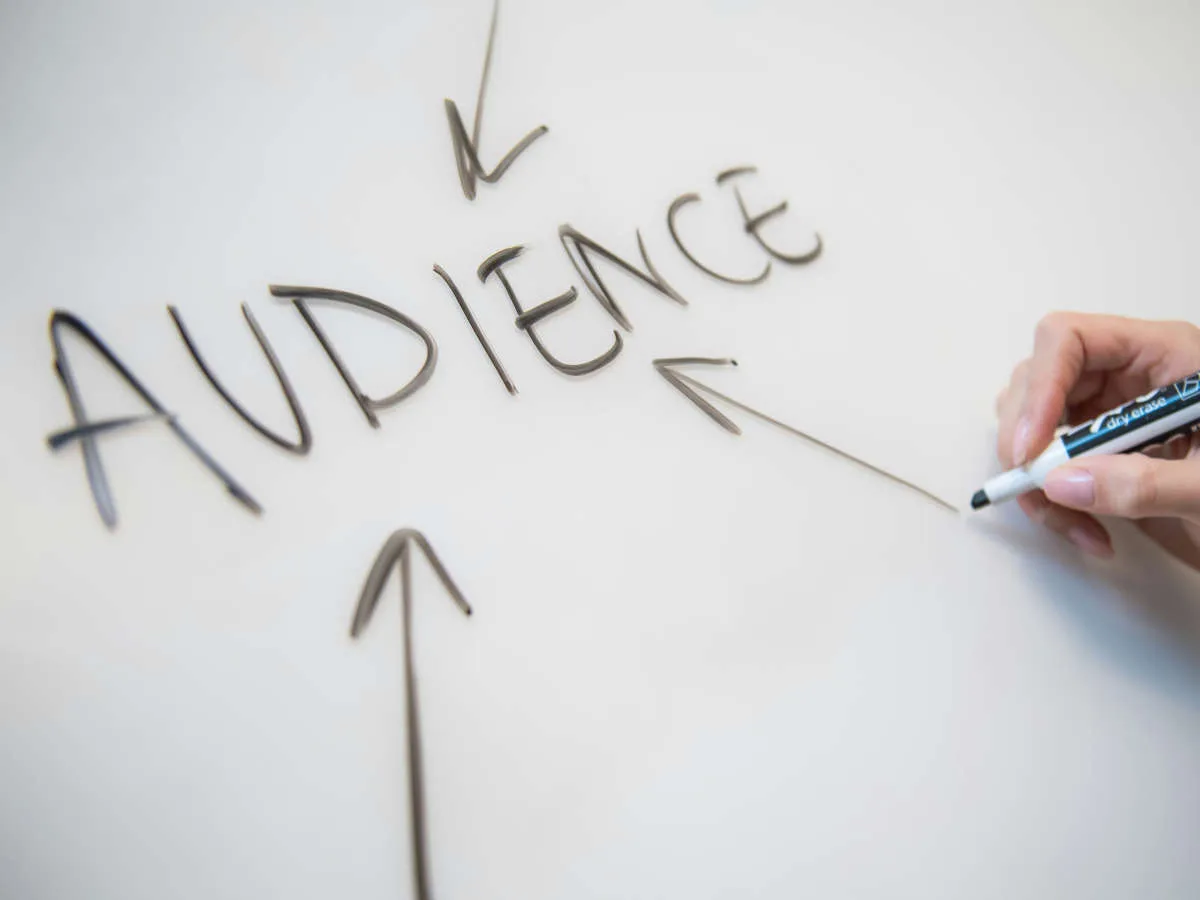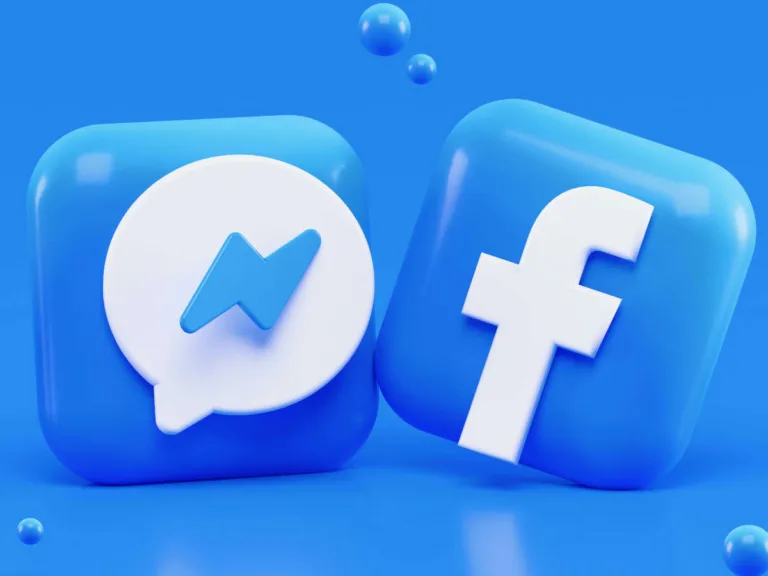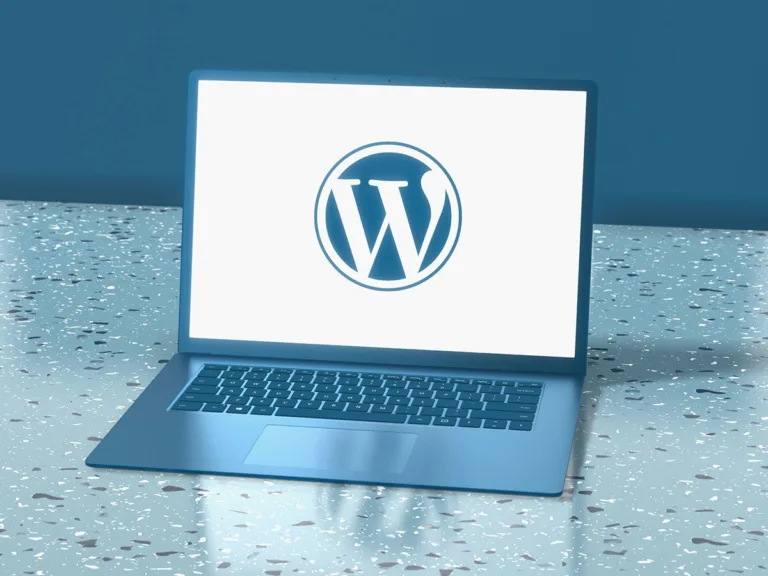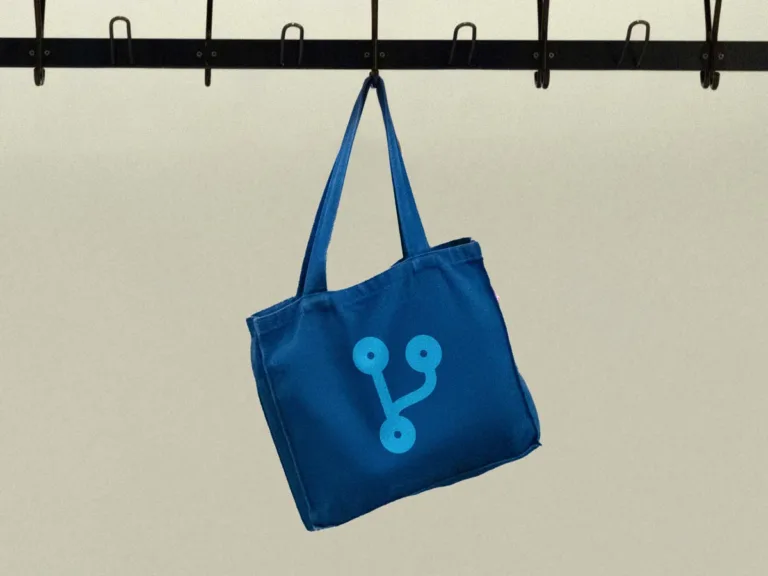Designing the Best Landing Page for Conversions: A Comprehensive Guide
In the digital marketing landscape, a well-designed landing page can be the difference between a successful campaign and a wasted budget. The art of creating a high-converting landing page involves understanding user psychology, implementing proven design principles, and continuously optimizing based on data. This comprehensive guide will walk you through the essential elements and strategies to design landing pages that consistently drive conversions.
Understanding the Foundations of High-Converting Landing Pages
Before diving into specific design elements, it’s crucial to understand the core principles that underpin all successful landing pages:
- Clarity: Your message should be immediately clear and easy to understand.
- Relevance: The content must align closely with the user’s expectations and needs.
- Value Proposition: Clearly communicate the unique benefit or solution you’re offering.
- Focus: Eliminate distractions and guide visitors towards a single, clear action.
- Trust: Build credibility through various trust signals and social proof.
- Urgency: Create a sense of time sensitivity to encourage immediate action.
With these principles in mind, let’s explore the key components that make up a high-converting landing page.
Essential Elements of a High-Converting Landing Page
1. Compelling Headline and Subheadline
Your headline is often the first thing visitors see, making it crucial for grabbing attention and conveying your core message. It should be:
- Clear and concise
- Benefit-oriented
- Aligned with the ad or link that brought the visitor to the page
Example: “Boost Your Conversion Rates by 300% in 30 Days”
The subheadline should support the main headline by providing additional context or addressing potential objections:
“No coding skills required – Our AI-powered tool does all the heavy lifting”
2. Engaging and Relevant Visuals
Visual elements play a significant role in capturing attention and conveying information quickly. Consider including:
- High-quality product images or screenshots
- Explainer videos or animations
- Infographics illustrating key benefits or processes
- Hero images that resonate with your target audience
Ensure all visuals are professionally designed, relevant to your offer, and optimized for fast loading.
3. Persuasive Copy
Your copy should be compelling, clear, and focused on the benefits to the user. Key aspects include:
- A clear value proposition
- Bullet points highlighting key features and benefits
- Addressing common objections or concerns
- Using active voice and power words
Keep paragraphs short and use plenty of white space to improve readability.
4. Strong Call-to-Action (CTA)
Your CTA is the most critical element for driving conversions. It should be:
- Prominently displayed (often in multiple locations)
- Written in action-oriented language
- Designed with contrasting colors to stand out
- Clear about what happens next
Example: “Start Your Free Trial Now”
5. Social Proof
Build trust and credibility by showcasing:
- Customer testimonials with photos and full names
- Case studies or success stories
- Trust badges and security seals
- Logos of well-known clients or media features
6. Lead Capture Form
If your goal is lead generation, your form should be:
- Simple and easy to fill out
- Asking only for essential information
- Visible above the fold on desktop and mobile
- Using smart forms to reduce friction (e.g., auto-fill, real-time validation)
7. Urgency and Scarcity Elements
Encourage immediate action by incorporating:
- Limited-time offers
- Countdown timers
- Low stock warnings
- Exclusive or limited availability messaging
Advanced Strategies for Maximizing Conversions
Personalization
Tailor the landing page experience to different audience segments or individual users based on:
- Referral source
- Geographic location
- Past behavior or preferences
- Stage in the buyer’s journey
Personalization can significantly increase relevance and, consequently, conversion rates.
A/B Testing
Continuously test different elements of your landing page to identify what resonates best with your audience. Common elements to test include:
- Headlines and copy variations
- CTA button colors, text, and placement
- Form length and fields
- Layout and design elements
- Different offers or value propositions
Use tools like Google Optimize or Optimizely to run statistically significant tests.
Speed Optimization
Page load speed is crucial for both user experience and conversion rates. Optimize your landing page by:
- Compressing images and using modern formats (e.g., WebP)
- Minifying CSS, JavaScript, and HTML
- Leveraging browser caching
- Using a content delivery network (CDN)
Aim for a page load time of under 3 seconds.
Mobile Optimization
With mobile traffic often exceeding desktop, ensure your landing page is fully responsive and provides an excellent mobile experience:
- Use a mobile-first design approach
- Ensure all elements are easily tappable on small screens
- Simplify forms for mobile users
- Test thoroughly on various devices and screen sizes
Persuasive Design Principles
Incorporate psychological principles to enhance persuasion:
- Reciprocity: Offer something valuable for free to encourage reciprocation
- Social Proof: Show that others are using and benefiting from your offer
- Authority: Demonstrate expertise through credentials, awards, or endorsements
- Liking: Use relatable imagery and language to build rapport
- Scarcity: Highlight limited availability or exclusive offers
- Commitment and Consistency: Use micro-commitments to lead users towards the main conversion goal
Conversion-Centered Design
Implement design elements that guide visitors towards your conversion goal:
- Directional cues (arrows, eye gaze of people in images)
- Encapsulation (framing important elements)
- Contrast and color psychology
- White space to focus attention on key elements
Video Integration
Consider adding video content to your landing page to increase engagement and convey complex information quickly:
- Explainer videos
- Product demonstrations
- Customer testimonials
- Behind-the-scenes content
Ensure videos are optional and don’t autoplay with sound to avoid frustrating users.
Measuring and Optimizing Landing Page Performance
To continuously improve your landing page’s conversion rate, track key metrics such as:
- Conversion Rate: The percentage of visitors who complete the desired action
- Bounce Rate: The percentage of visitors who leave without taking any action
- Time on Page: How long visitors spend engaging with your content
- Form Abandonment Rate: For lead generation pages, track how many users start but don’t complete the form
Use tools like Google Analytics, heatmapping software, and session recording to gain insights into user behavior and identify areas for improvement.
Conclusion
Designing a high-converting landing page is both an art and a science. It requires a deep understanding of your target audience, clear and compelling messaging, and a willingness to continuously test and refine your approach. By focusing on the essential elements outlined in this guide and implementing advanced strategies, you can create landing pages that not only capture attention but drive meaningful conversions for your business.
Remember that the most successful landing pages are those that evolve based on data and user feedback. Stay attuned to your audience’s needs, keep testing different elements, and always strive to provide value. With persistence and attention to detail, your landing pages can become powerful conversion tools, driving growth and success for your online initiatives.






